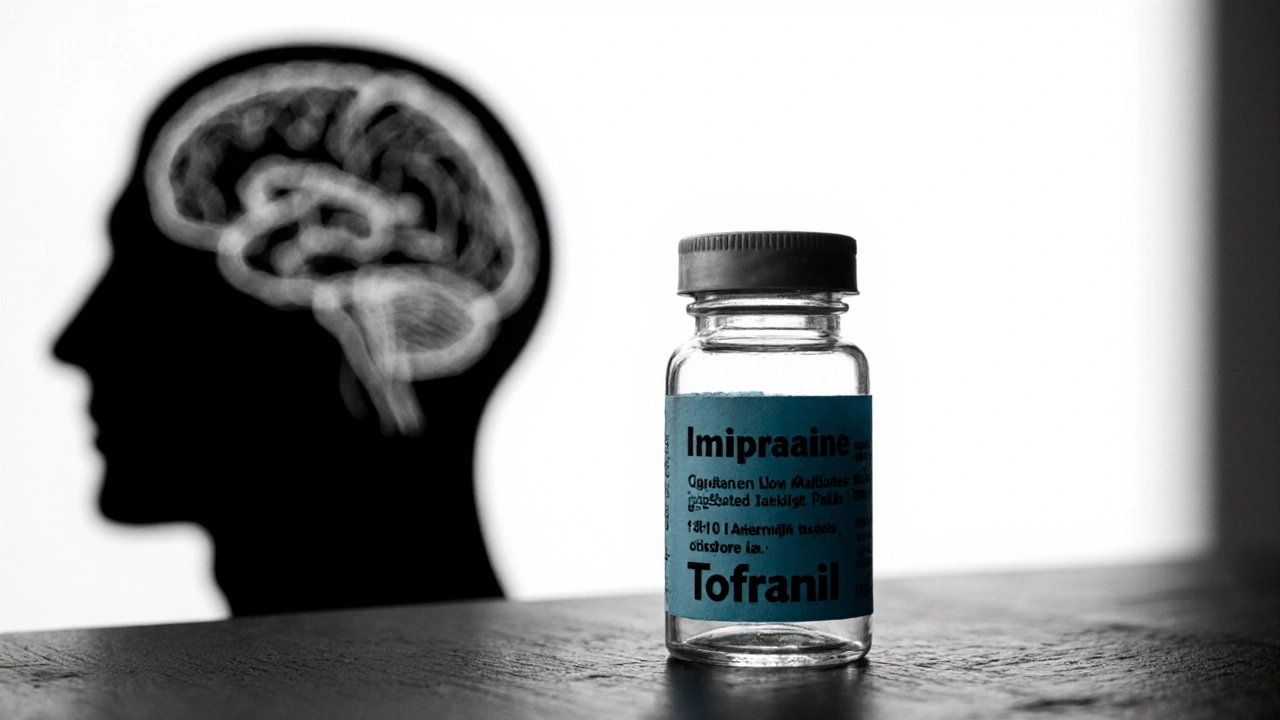Tricyclic Comparison – Understanding TCAs and Their Differences
Looking for a clear tricyclic comparison? You’ve landed in the right spot. Below you’ll find everything you need to decide which older antidepressant might fit your health goals, how they differ from each other, and when a newer option could be a better match.
When you start looking at Tricyclic Antidepressants, a group of older mood‑lifting drugs that block the reuptake of norepinephrine and serotonin. Also known as TCAs, they are frequently compared to Amitriptyline, the most prescribed TCA for depression and chronic pain, Nortriptyline, a metabolite of amitriptyline with fewer anticholinergic effects and Imipramine, a classic TCA still used for migraine prevention. These drugs sit beside newer options like SSRIs, selective serotonin reuptake inhibitors such as sertraline or fluoxetine, which often serve as alternatives in treatment plans.
Understanding a tricyclic comparison means looking at three core attributes: efficacy, side‑effect profile, and dosing flexibility. Efficacy varies by condition – amitriptyline and imipramine are still top choices for chronic neuropathic pain, while nortriptyline tends to win for patients who need a milder sedative effect. Side effects are the biggest deal‑breaker; TCAs can cause dry mouth, constipation, blurred vision, and heart‑rate changes because they also block histamine and acetylcholine receptors. That’s why nortriptyline often gets the nod for older adults—it has a lower anticholinergic load. Dose titration is another practical piece: you usually start low (10‑25 mg for amitriptyline) and increase weekly, monitoring blood pressure and ECG when you cross 150 mg. Drug interactions matter too; TCAs aren’t friendly with MAO‑inhibitors or certain antihistamines, so a thorough medication review is essential before prescribing.
Beyond the numbers, think about the real‑world context. If you’re treating major depressive disorder and can tolerate mild sedation, amitriptyline might give you the quickest mood lift. If you need a non‑sedating option that still helps sleep, nortriptyline often strikes that balance. For patients with comorbid heart disease, imipramine’s effect on cardiac conduction warrants extra caution, making an SSRI a safer fallback. By weighing these factors—how strong the relief needs to be, how many side effects you can handle, and what other medicines you’re already on—you can pick the TCA that aligns with your health plan.
Below, the articles in this collection break each of these points down in detail. You’ll find side‑by‑side tables, dosing charts, and safety checklists that make a thorough tricyclic comparison easy to apply to your own situation.
Tofranil (Imipramine) vs Alternatives: In‑Depth Comparison Guide
A detailed comparison of Tofranil (Imipramine) with popular antidepressant alternatives, covering mechanisms, side effects, dosing, and how to choose the right medication.

